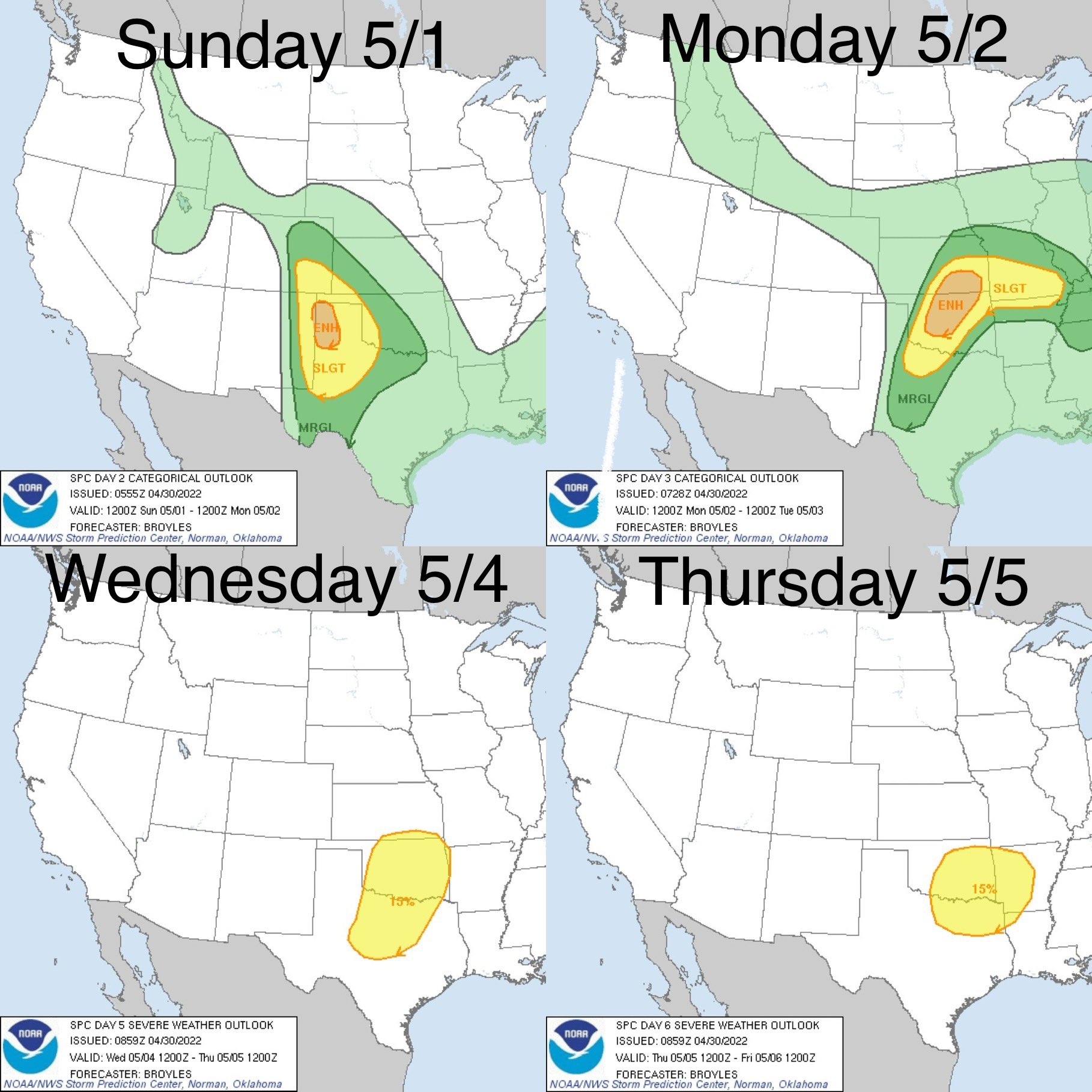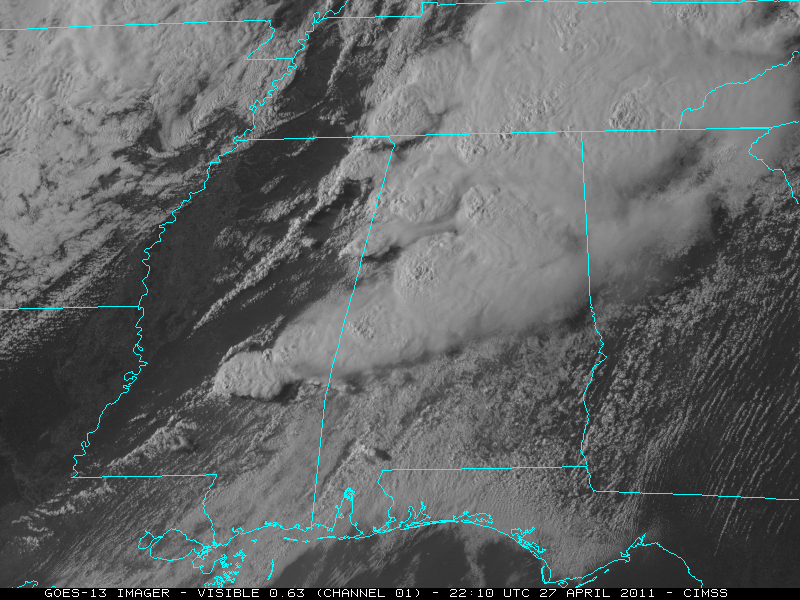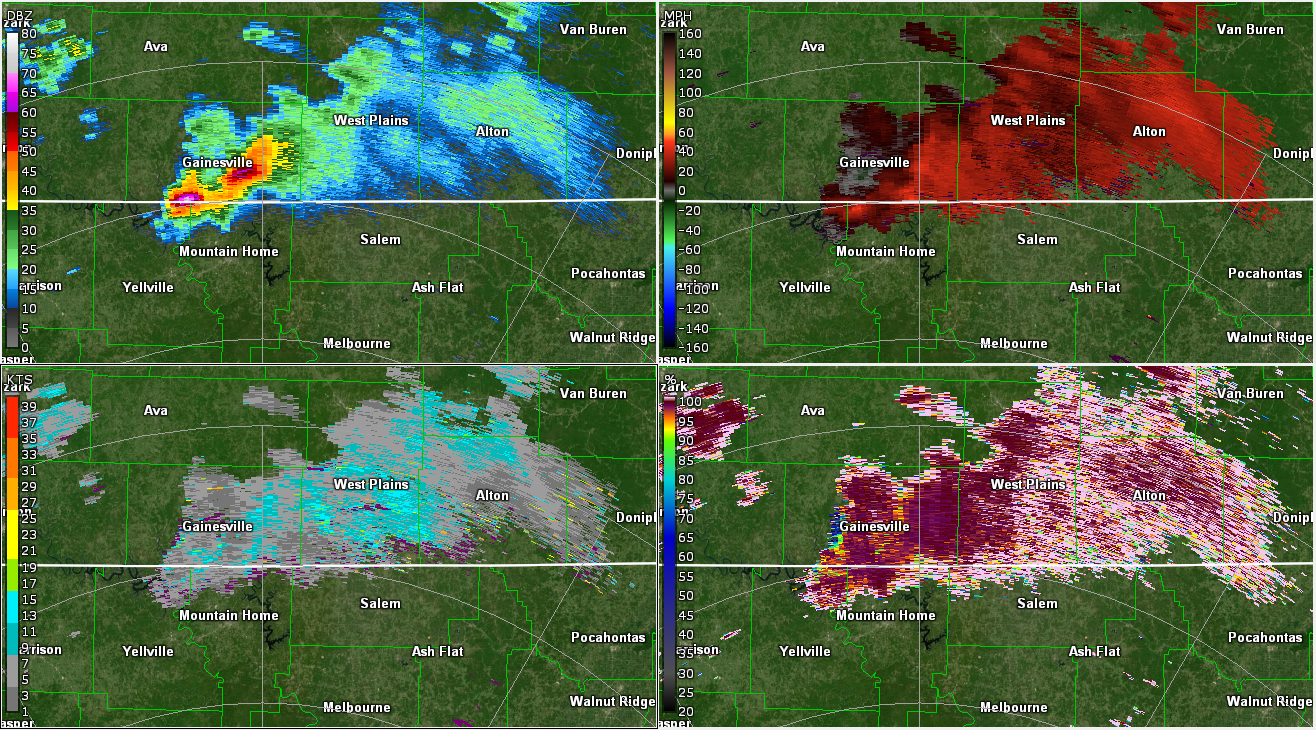Storm Chasing Advice: Don’t Be North Of The Tornado

The Rundown
Storm chasing is fun, I get it. The rush of being near some of the most powerful phenomena mother nature produces. Seeing the beauty of that perfect structure or getting that perfect look at a wedge tornado. I’ve stood outside watching storms when maybe I shouldn’t have, I deeply understand the appeal.
The thing is when you’re chasing these powerful storms, you need to have some idea about storm behavior and deviant motions. On Wednesday night, a powerful tornado was ongoing south of Vernon, TX near a little town called Lockett. As it approached that town, it made a hard “left” turn. This meant the tornado went from following the parent storm almost due east to going due north and even NW by the time it fully occluded.
Numerous chasers were positioned north of the storm, with no way to get off the road. A tour van ended up being hit by the tornado. Thankfully, no one was seriously hurt or killed but that is a mistake that will get someone killed at some point.
Deviant Motion Will Turn That Tornado Into You
Tornadoes, especially near the end of their life cycle, will tend to turn “left” relative to their previous motion. This typically happens as the tornado separates from the parent storm and is pushed by the low level winds. In the northern hemisphere, you’re typically going to have winds out of the south at the lower levels when tornadoes are on going. They need to eat warm air, and that’s where the warm air comes from. The point is, at some point, a mature tornado is going to turn “left” when it reaches the end of its life cycle. The thing is, it will often still be a robust circulation when it starts the deviant motion.

The North Side Puts You In The Precipitation Core
Knowing that tornadoes will tend to turn left, why in the world would you be where these red dots (chaser locations) are?

Also, look at how they’re all in the precipitation core. This means they can’t even see if the tornado is turned without using radar. There’s also going to be some delay between when a tornado turned and when you can access the radar scan. Making it even worse, there is hail in that precipitation core. This is good news for the auto glass guy, but bad news for your car.
There is a chasing method called “core punching” where you drive through the precipitation to get in front of the tornado, but that’s not what these folks are doing. There’s really only that west to east road in the region. This means there aren’t escape routes either if you realize the tornado is about to turn into you, assuming you can see it at all.
Also, Why Bother Night Chasing At All?

Yeah, these chasers were north of the tornado at night. There is no chance they would be able to see the tornado turn. So, gotta hope you have cell signal to get the radar data. Plus, you’re not going to get a good picture since it’s nighttime. I just don’t understand the appeal I guess. The night chase just adds additional danger to an already dangerous hobby. Making bad decisions, like getting north of the tornado, just compounds the danger.
tl;dr version
Tornadoes often turn “left” near the end of their life cycle, and being to the north of one means there’s a decent chance it will turn toward you without much warning. Knowing this, you should try to approach from the south. Yes, you still have to watch for a “right” move but typically those happen when the storm is maturing. So approach from the south after it has made the right turn. This has the added benefit of not being in a hail core and being able to get better photos and video.
In other words, sitting to the north of a tornado while chasing:






